3 Ways Technology Is Redesigning Healthcare
Posted on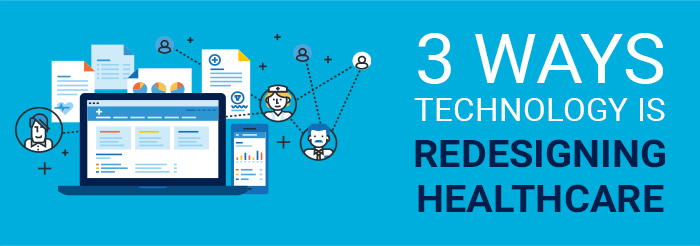
For many medical practices and hospitals, improving patient experience is a never-ending process. Balancing the demands associated with running a medical practice, patient care and rising admin costs is complicated.
However, recent advances in technology have made it easier to increase patient satisfaction without resorting to time-consuming and expensive initiatives.
By empowering your patients, these innovations will change healthcare and give you the ability to allow patients to take care of themselves more efficiently – without draining valuable hospital resources.
Here are three simple innovations that are redesigning healthcare and combining patient care and technology to enhance the patient experience.
1. Give patients access to physicians’ notes
Medical systems are beginning to employ technology that allows patients easy access to their doctors’ medical records, creating a more efficient system of information-sharing between providers and patients.

It is not uncommon for a patient to walk out of a medical practice only to realize he or she has already forgotten most of what the doctor just said. Or perhaps being a first-time patient, they were required to provide their new doctor with information that they either did not remember or did not have on hand.

From a patient’s perspective, this diminishes both the quality and effectiveness of the care he or she just received.
For a doctor, this means that his or her efforts are not fully realized, which reduces the quality of the care provided.
Overall, the lack of access to the patient’s medical history not only reduces patient satisfaction, but it also reduces the effectiveness of the entire healthcare process.
So, what can be done?
Some hospitals and small medical practices are using technology to improve patient care by sharing doctors’ notes with patients through online portals.
Patients can log in to the portal, read their doctors’ notes and gain insights into their health condition.
This also allows patients to share one doctor’s notes with another doctor, making the exchange of patient information faster and easier. Now, doctors can get the details of critical diagnoses straight from other doctors, rather than relying on patient memory.

These portals can also be used to make appointments, view test results and communicate with medical staff.
As a result, both patient knowledge and satisfaction improve, thanks to the quick service these online portals provide. In addition, patients can access this information any time, anywhere – perfect for patients who are always on the go.
And because there are no potential outcomes of utilizing online notes, the number of patients reading and sharing their doctors’ notes online is increasing.
By giving their patients access to medical notes via a private portal, doctors can improve the effectiveness of the care they provide, increase patient satisfaction and enable more convenient information-sharing with patients.
2. Enable better dietary service
Tablets can be used to gather patients’ medical information and dietary requirements from the EHR systems before patients make their meal selections, helping them make better nutritional decisions, reducing food waste and increasing patient satisfaction.
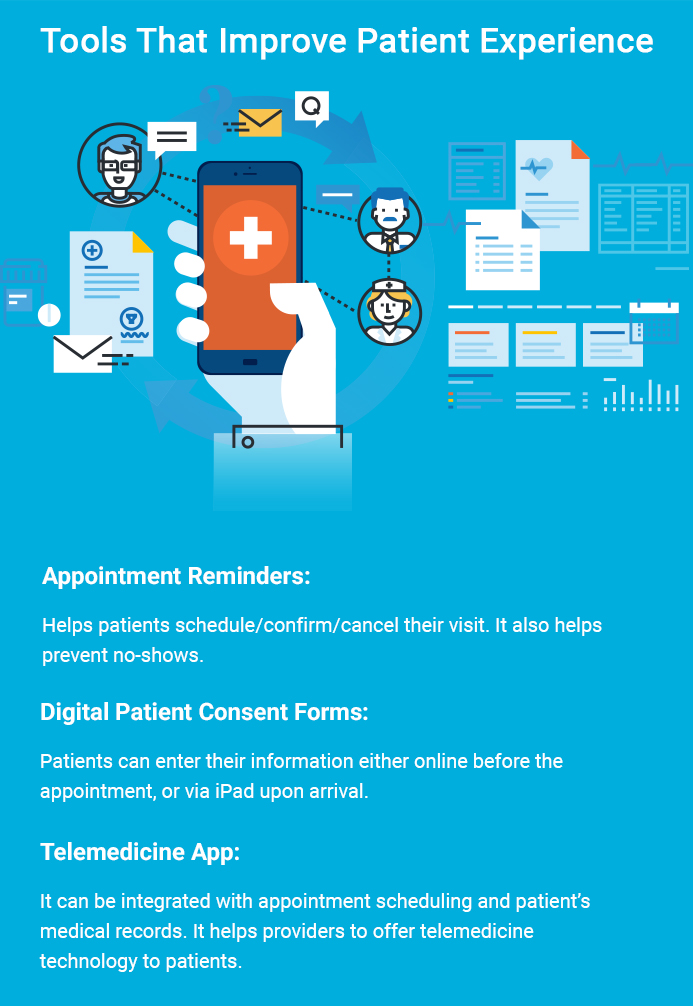
Some patients complain about the low quality of food service. Outdated processes mean that patients receive meals at inconvenient times, or they have limited food options to choose from, often leading to the food being wasted.

Combining patient care and technology can change the way healthcare practitioners feed patients and enhance their experience, all while reducing the money and effort lost through wasted food.
Some medical practices have implemented systems in which tablets are connected to the information in patients’ EHRs, enabling an improved and more authentic food experience.
The tablets record dietary limitations and enable better communication between the patient and hospital staff. These tablets can also be used to present food choices within a patient’s specific dietary restrictions, warn patients of how diet affects their health and confirm a patient’s food choices – all at the same time the kitchen staff prepares and delivers the meal.
These changes can not only make your patients feel more in control of what they are eating; they can also help you reduce food costs. Not to mention the improvement in patient experience and satisfaction levels.
By using technology to improve food service, you can drastically improve the efficiency of your existing system. Several factors, such as patient choice and dietary limitations, can be monitored. Delivering what your patient wants and when he or she wants it will increase patient satisfaction and reduce food waste.
3. Create comfortable rooms
The Internet of Things (IoT) can be used to give your patients more control over their surroundings, make them feel comfortable and give them more access to hospital information.


If you’ve been a patient at a hospital or medical facility, you would agree that the stay experience is not always pleasant. This is due to the feeling of having little control of your surroundings: uncomfortable temperatures, too much noise or the fear of uncertainty that may lead to a less than ideal experience.
IoT can help doctors change this. Doctors can use IoT to implement healthcare design innovation, which will help improve the patient experience by making every stay as comfortable as possible.
For instance, you can fit the rooms with speakers that patients can easily calibrate. This will allow them better control over the noise in their rooms. Patients can also take advantage of voice-activated commands to ease basic tasks such as calling the attendant or changing the room temperature.
In short, instead of having to wait for limited hospital staff to help, patients can help themselves and stay comfortable. This will give them a sense of control that is often lacking in medical practices and help reduce their discomfort and stress.
Using IoT to implement healthcare design innovation provides voice-activated controls that will not only increase patient satisfaction and a better hospital experience, but it will also free your medical staff from myriad small requests.
Conclusion
Technology can be used in several ways to implement innovative hospital design that enhances and improves the patient experience.
To handle the problem of limited access to patient medical history, doctors can use online portals to make medical notes that can be easily accessible to other doctors as and when needed.
To improve food delivery, doctors can combine tablets with EHR. Medical and dietary information can be used to filter out unsuitable food choices and ensure the patient makes an informed decision about how much and what to eat, thus reducing food waste.
Finally, smarter rooms and other healthcare design innovations can be used to put control back into the hands of patients, giving them the ability to fine-tune their experience and allowing medical staff time to focus on patient care rather than attending to trivial requests.

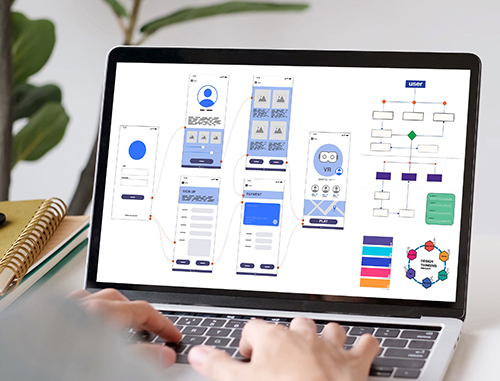 What Are the First Steps When Planning a New Websi..
What Are the First Steps When Planning a New Websi..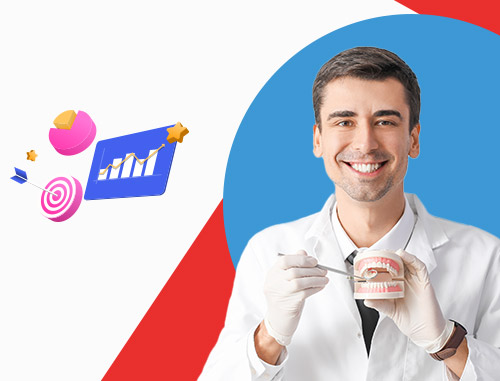 SEO Strategies to Rank Your Dental Practice
SEO Strategies to Rank Your Dental Practice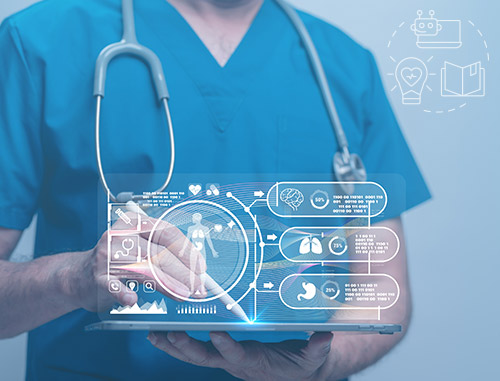 How AI is Driving Patient Engagement and Revolutio..
How AI is Driving Patient Engagement and Revolutio..